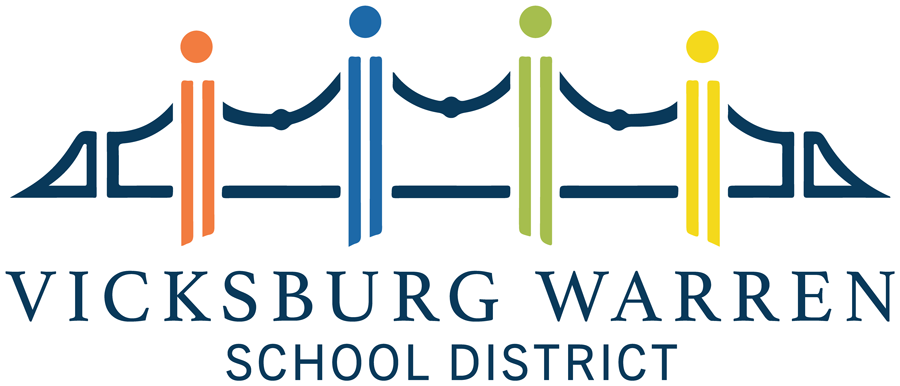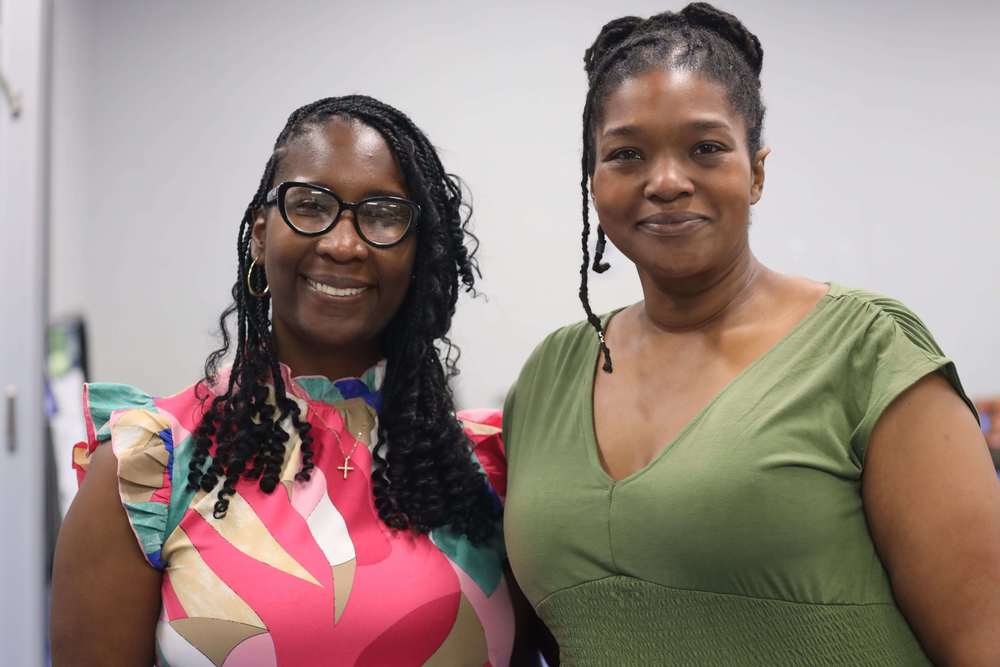VICKSBURG,MISS -As VWSD heads into the 2025–26 school year, the Transportation Department is stepping forward not just as a ride provider, but as an integrated part of a district‑wide student support strategy. This transformation is underpinned by core pillars: a newly electrified fleet, reinforced safety partnerships, cross-department collaboration, and a commitment to every student’s safety and experience.
Electrification & Safety Innovation
At the center of VWSD’s transportation renewal is the deployment of eight battery-electric school buses, funded through a $3 million EPA Clean Grant for seven standard and one special education vehicle.
These buses, operating on short-city routes in Vicksburg, provide approximately 100 miles per charge, supported by six single-port and one dual-port charging station on-site.
Enhanced Safety Partnerships
The district partnered closely with Vicksburg Fire Department and local law enforcement to train for electric bus fire safety and emergency scenarios, reinforcing preparedness and community trust.
The February ribbon‑cutting event, highlighted that the buses’ lithium-iron-phosphate batteries are safer and more stable than typical lithium-ion units, reducing fire risk and improving thermal performance.
Cross‑Department Collaboration & Strategic Alignment
On July 17, 2025, VWSD convened its annual Administrators’ Leadership Retreat, formally integrating Transportation with departments across the district—such as Communications, Innovation, Special Education, and CTE—around shared goals of safety, equity, and operational excellence.
Together, they aligned around VWSD’s Strategic Framework 2030, emphasizing high-quality experiences for all students. Transportation’s role within that framework was elevated beyond logistics to supporting student health, readiness, and overall district mission.
Robust Safety Protocols & Student Conduct
During National School Bus Safety Week 2024, VWSD focused on critical boarding, exiting, and conduct practices to embed a safety mindset before the school year began.
Key rules include:
Wait at least 10 feet from the road before the bus arrives.
Use handrails when boarding or exiting; do not push or crowd.
Cross in front of the bus, stopping at the center and waiting for the driver's hand signal; shoulder distance of at least 10 ft keeps students outside the “danger zone”.
Onboard expectations:
Stay seated facing forward, keep aisles clear, and speak quietly.
No eating, drinking, gum, or loose objects; earbuds and electronics only with driver permission and never in loading zones.
Operational Policies: Transfers, Missing the Bus, Routing
Bus transfers require authorization from the school office (primarily for childcare needs) and must be presented to the driver at boarding.
If a student misses the bus, parents may have them wait at another stop on the same route—but only if they arrive before the bus and don’t run to catch it. Parents carry responsibility for alternate transport if the bus is missed at the designated stop; repeated misuse may result in route changes or removal of stop service.
Route or stop change requests must be submitted to the Transportation Office; no driver may unilaterally adjust assignments without director approval.
Discipline & Expectations: Consistency Across the System
Serious violations—such as threats to student safety—may result in immediate suspension. The Transportation Director retains discretion to escalate disciplinary steps when warranted.
The Bigger Picture: A Connected & Safe Year Ahead
VWSD’s Transportation team is reshaping its role—from task drivers to strategic partners in student welfare and success. The integrated planning at the July leadership retreat, collaboration with Communications and Innovation teams, reinforced safety protocols, and the arrival of electric buses all serve a single goal: equitable, safe, and efficient transit for every student.
As the school year approaches, families should expect:
Clear communication from Transportation about route assignments and safety protocols.
Reinforced safety practices from day one—including reminders during bus safety week and early onboarding.
Operational resilience through coordination between Transportation, first responders, and campus departments.

